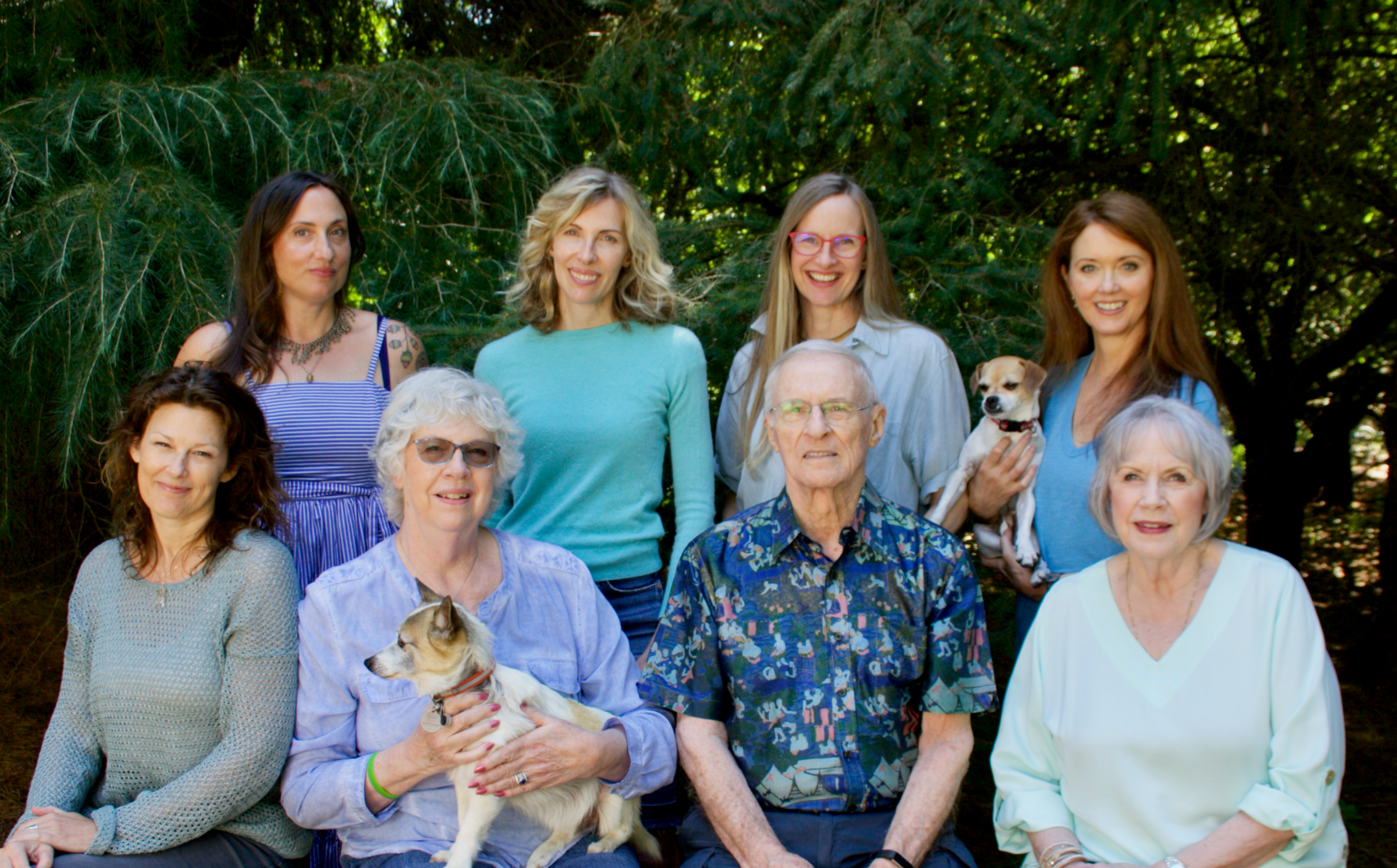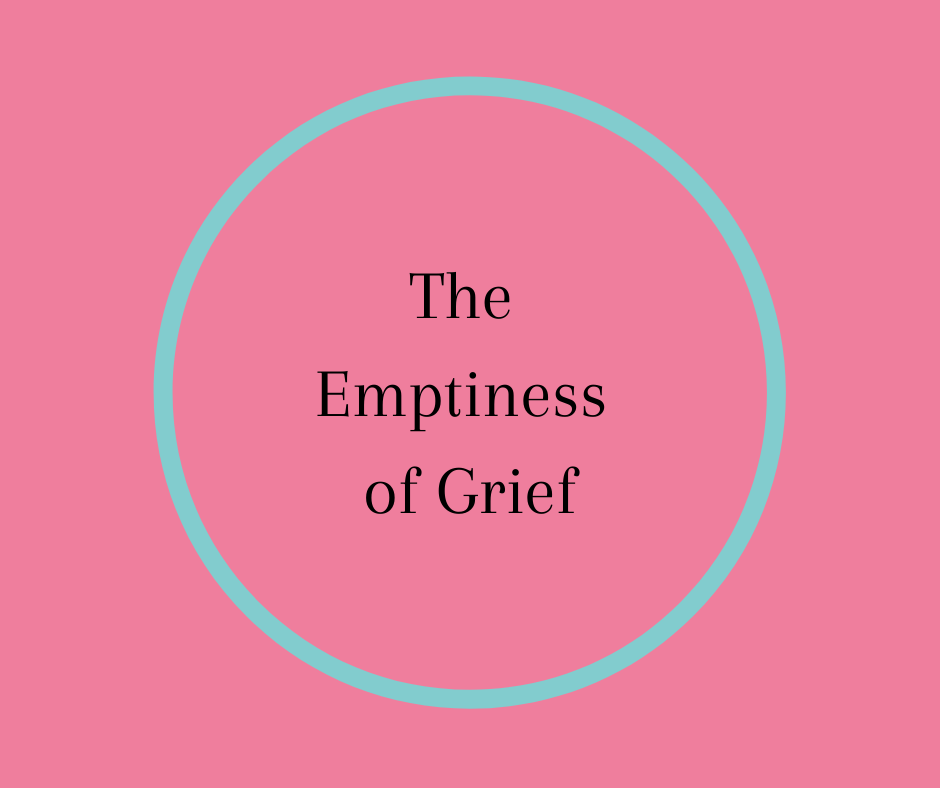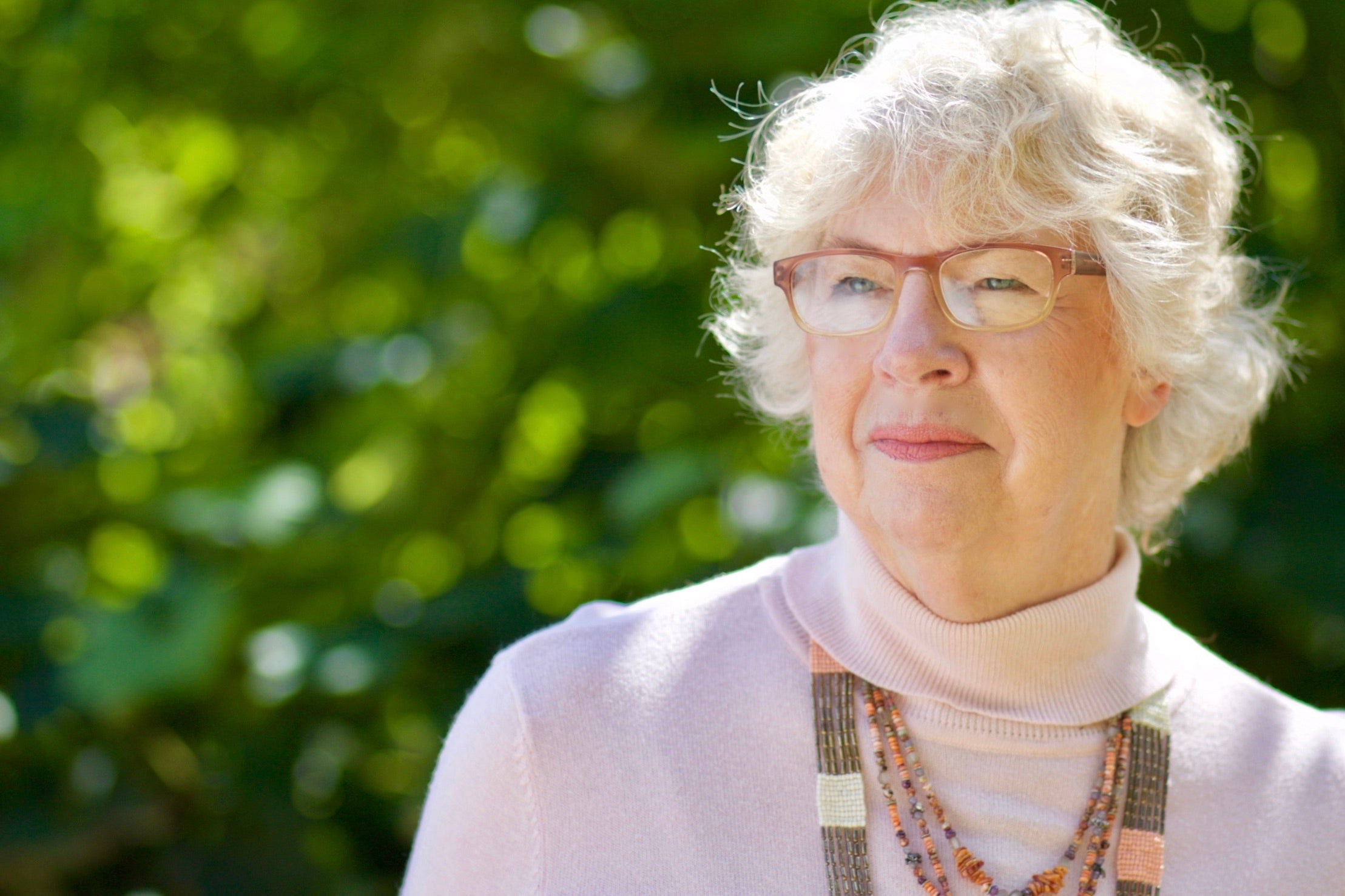After food and sleep, the third area to look at to see if a person with a life threatening illness has entered the dying process is their social interactions with others. As food intake deceases and sleep increases our involvement with life’s activities and interests begins to recede. Our interest in what goes on around and about us is like a circle that slowly begins to get smaller.
* First we aren’t interested in what is happening world wide: the news, politics, sports. Whatever we had a passion for just doesn’t carry our interest like it used to.
* Then our social circle of friends begins to narrow. We just want to be around those closest to us.
* As we get even closer to death even our family is too much to converse with or think about.
* In the weeks before death just being with someone without words is a great comfort. We reach a point where words and thinking outside of ourselves is just too much effort. Our life’s work then becomes thoughts of introspection, thoughts about ourself, thoughts we keep inside our mind, thoughts that are not for sharing.
This withdrawing is part of the normal, natural way we die from disease or old age. The withdrawing is symbolic of us “packing our bag of memories and experiences and building our place in the other world.” This physical world is no longer where our work is centered.
When a person has entered the dying process the gradual decrease in eating, gradual increase in sleep, and slow withdrawal from the world around and about us are the key points we will monitor to assess how close to death a person is.
Need some help? Call us at 360-828-7132

We're here to help.
Contact Barbara Karnes RN & The BK Books Team
Phone: 360-828-7132
Email: bkbooks@bkbooks.com




